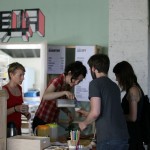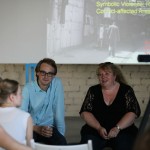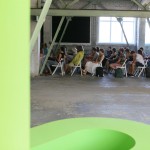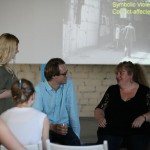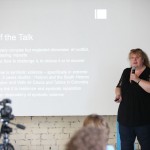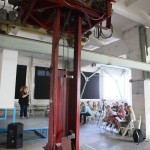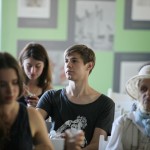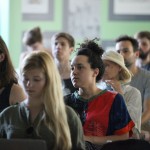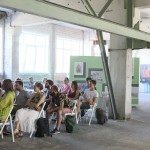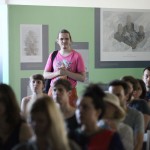The Architecture Ukraine residency project continues to hold open lectures on related topics. On Saturday, July 25, anthropologist at Oxford Brookes University in England, Brigitte Piquard held a lecture titled Observing Symbolic Violence. Symbolic Violence, Resilience and Spaces in Conflict-affected areas.
Brigitte Piquard research the obstacles and barriers that divide people and form zones of exclusion and discrimination. These borders can be physical (walls, architectural structures, roadblocks) as well as symbolic (discrimination, violations of human rights, etc).
Brigitte and other researchers used pilot projects to witness symbolic violence in Palestine and Columbia. However, in many ways, the things that were talked about fall into the same narrative that currently exists in the Donbas. The creation of roadblocks and a pass-system limits people and their movements between the regions of the so-called liberated and occupied zones. There exist unspoken terms that describe “great” and occupied “lesser” Ukraine, which are divided by bureaucratic procedures and mental boundaries.
According to Brigitte, the search for identity and inner self-narrative is important. The absence of these help the sides of a conflict to manipulate people and to create situations that dangerously impact them through both symbolic and physical violence. An example of this can be the destruction of networks, including transportation infrastructure hubs (bridges, roads, railways). This was discussed in the context of Palestine and Columbia; however the example of Donbas is also a good illustration of the destruction of narratives. After all, the largest destruction of those communication routes happened in the beginning of the conflict (spring-summer 2014).

